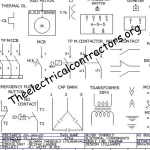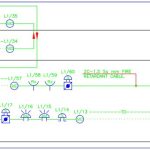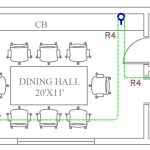71. In transformer the cylindrical winding with rectangular conductors is generally used for
a. low voltage winding
b. high voltage winding
c. tertiary voltage winding
d. any of the above
72. Cylindrical winding on transformers is generally not used beyond
a. 6 kV
b. 30 kV
c. 66 kV
d. 132 kV
73. The disadvantages of cylindrical winding is
a. increased eddy current loss
b. high copper loss
c. low mechanical strength
d. all of the above
74. For transformer laminations
a. hot rolled silicon steel is preferred
b. cold rolled silicon steel is preferred
c. grain oriented silicon steel is preferred
d. any of the above steel can be used
75. The percentage of silicon in the core steel is
a. 1 to 2 percent
b. 2 to 3 percent
c. 4 to 6 percent
d. 8 to 10 percent
76. The stacking factor will be least for
a. Square core
b. Cruciform core
c. Three stepped core
d. Four stepped core
77. In static transformers mechanical forces are produced due to
a. vibrations
b. gap between laminations
c. interaction of current flowing in the conductor and leakage flux around it
d. none of the above
78. The thickness of laminations of the core of a power transformer usually
a. 0.003 to 0.05 mm
b. 0.03 to 0.05 mm
c. 0.03 to 0.5 mm
d. 3 to 5 mm
79. Transformer actions requires a
a. short circuiting
b. increasing resistivity
c. reducing resistivity
d. all of the above
80. In an oil filled transformer , oil is provided for
a. Cooling
b. Insulation
c. Lubricating
d. Both cooling and insulation
e. Preventing accumulation of dust





